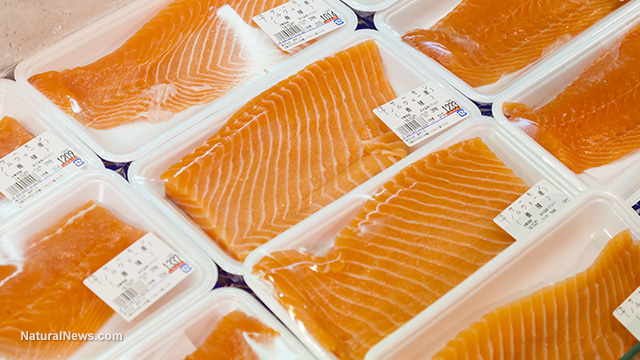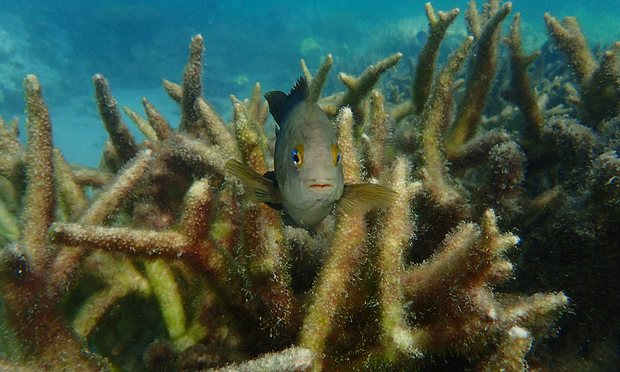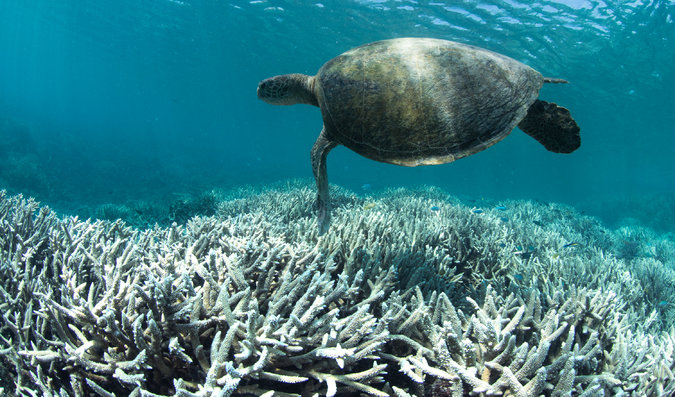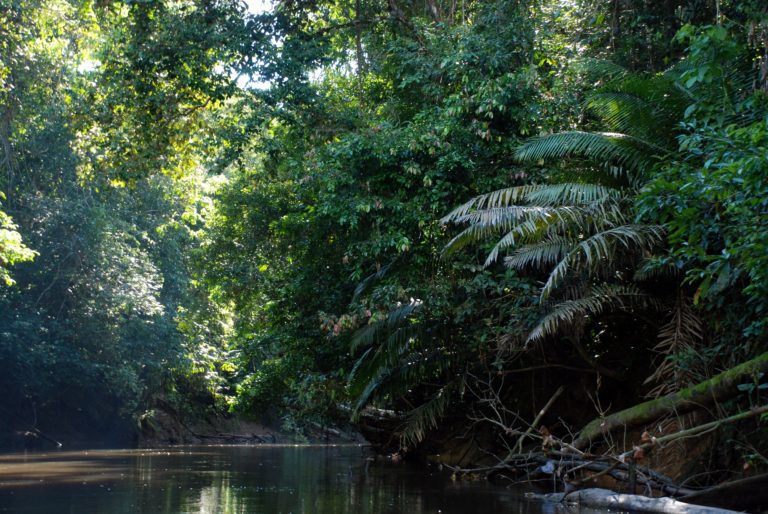Wednesday, March 02, 2016 by: Daniel Barker
(NaturalNews) We’re all familiar with horror stories about juveniles on drugs, but normally it’s humans that are involved, not fish. This case, however, involves juvenile chinook salmon who never had the chance to “Just Say No.”
Disturbing new research has indicated that young salmon found in Puget Sound tested positive for more than 80 different drugs, including cocaine, antidepressants and dozens of other medications used by humans.
When researchers tested the water at and near sewage treatment plants in the estuaries of Puget Sound near Seattle, Washington, they discovered high levels of drugs and personal care products – at some of the highest concentrations found anywhere in the nation.
The tissues of migratory chinook salmon and local staghorn sculpin also contained these compounds – even in the fish found in estuaries far from the sewage treatment plants where the water was previously considered “pristine.”
As reported by The Seattle Times:
“The medicine chest of common drugs also included Flonase, Aleve and Tylenol. Paxil, Valium and Zoloft. Tagamet, OxyContin and Darvon. Nicotine and caffeine. Fungicides, antiseptics and anticoagulants. And Cipro and other antibiotics galore.
“Why are the levels so high? It could be because people here use more of the drugs detected, or it could be related to wastewater-treatment plants’ processes, said Jim Meador, an environmental toxicologist at NOAA’s Northwest Fisheries Science Center in Seattle and lead author on a paper published this week in the journal Environmental Pollution.”
Sewage treatment plants unable to cope
The presence of these drugs in the water appears to be related to the inability of the wastewater plants to fully remove these chemicals during treatment. But high fecal coliform counts in some areas of the Sound suggest that leaky septic tanks may also be contributing to the problem.
Some of the drugs found in the fish and the water of Puget Sound are difficult to remove using standard sewage treatment methods:
“Treatment plants in King County are effective in removing some drugs in wastewater, but many drugs are recalcitrant and remain. Seizure drugs, for instance, are very hard to remove, and ibuprofen levels are knocked down — but not out — during treatment, said Betsy Cooper, permit administrator for the county’s Wastewater Treatment Division.”
Who is really to blame?
But the blame should not be placed entirely on the treatment plants, according to Cooper. “You have treatment doing its best to remove these, chemically and biologically,” she said, “but it’s not just the treatment quality, it’s also the amount that we use day to day and our assumption that it just goes away.”
Shamefully, our own drug dependence is now poisoning other species as well. We have become a nation of drugged-out zombies, but that doesn’t give us the right to turn fish and other animals into the same.
Maybe it’s time to start realizing that prescription pharmaceuticals, over-the-counter remedies and illicit drugs are doing us – and our environment – far more harm than good.
We’ve bought into the Big Pharma-created myth that there is a chemical solution to all our problems – physical and mental – when in reality these substances are the cause of much of our “dis-ease” and general out-of-balance lifestyles.
The obvious solution
Although Western pharmaceutical medicine arguably has some value, almost everything these drugs are designed to treat can be more effectively dealt with using natural methods which promote healing rather than dependence.
And one of the obvious lessons from the situation in Puget Sound is that when you make bad decisions at one level, there will be negative effects on other levels as well. We don’t live in a vacuum, and our unhealthy lifestyles have an impact on all living things.
We’re simultaneously poisoning ourselves and our surroundings. Maybe it’s time for another approach …






